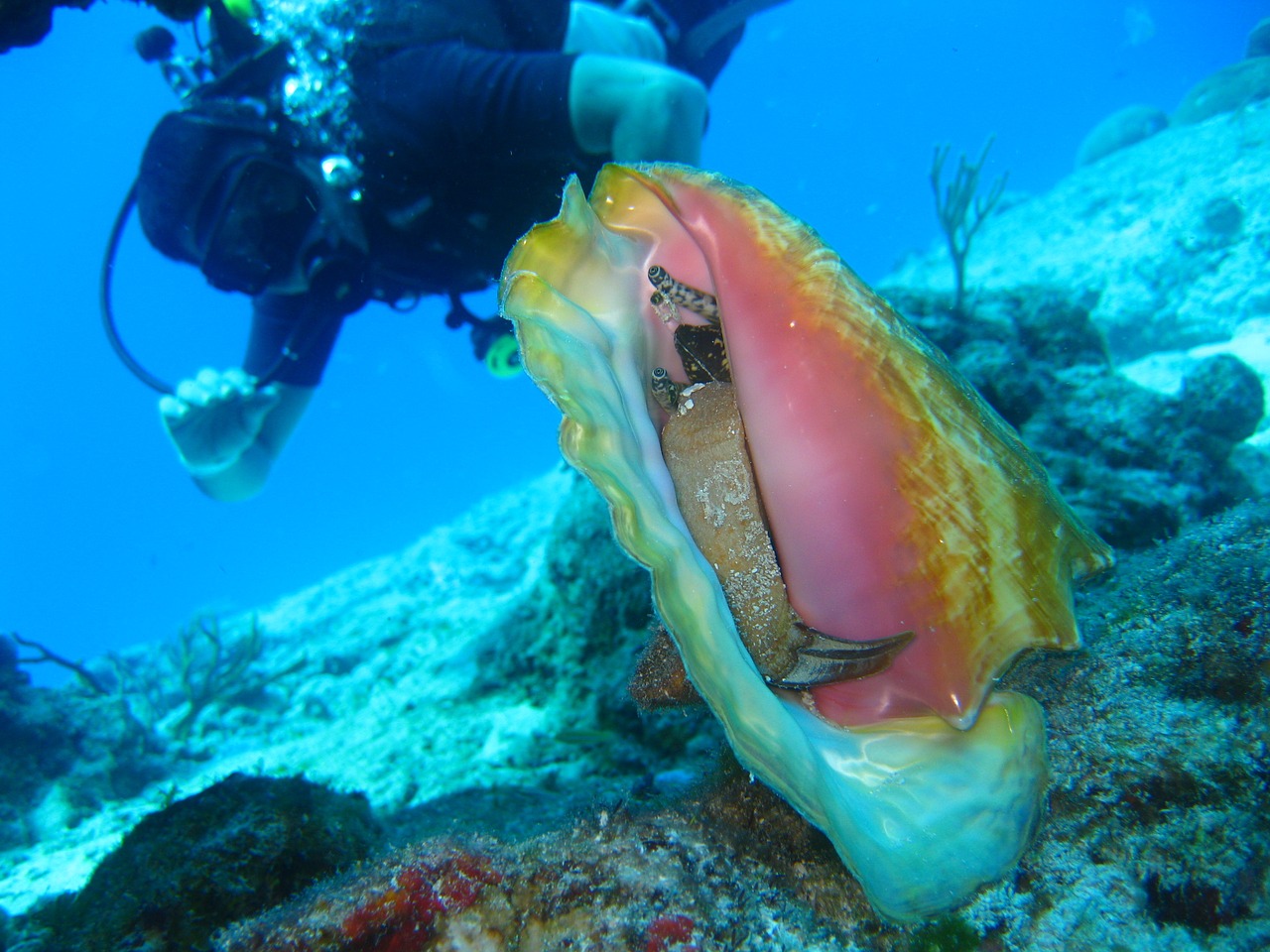

#WE NEED TO GO DEEPER TIPS HOW TO#
Limit Setting with Different Types of Child Behaviourīefore we talk about how to melt our child, some of you are probably wondering about limit setting. I’m sure you’ve had that experience of seeing your child go from being really harsh and angry to tears and being more soft – this is what we need to try to help them to do. When our child is being cold, sharp and icy, we need to try to melt them. I also like the symbol of an iceberg because it’s cold, sharp and icy but it can be melted. We need to try and take this opportunity to soften our child/teen and get to the feelings that our deeper in the iceberg. Your child might be feeling hurt (this happens a lot for highly sensitive kids), sad, disappointed, overwhelmed, disappointed, frustrated, ashamed, jealous, scared, anxious, worried etc. Your child or teen is experiencing vulnerable feelings which is why it’s hard to share them at first.

What Is Happening Below the Tip of The Iceberg? We don’t need a connection with someone to show that we’re angry but we do need a connection to share our more vulnerable feelings which are below the tip of the iceberg. We can get angry with complete strangers. It’s easy to be angry and it doesn’t take vulnerability. Why is anger the only feeling at the tip of the iceberg?Īnger is a surface emotion. What Words and Feelings Do We See at The Tip of the Iceberg?

= the FLIGHT response from the Amygdala acting on instinct due to a perceived threat Leaving the situation – running away, bolting, storming off and slamming doors, driving away, etc.Physical aggression – hitting, kicking, biting, throwing things, wailing on the ground = the FIGHT response from the Amygdala part of our brain that acts on instinct when feeling threatened.What Types of Child Behaviour or Words Do We See at The Tip of their Iceberg? Behaviour can be outward such as: but I have chosen to hone in on our child’s behaviour and feelings.)įirst, let’s take a look at the child or teen’s iceberg: (There are many different iceberg theories out there that also add in beliefs, skills, knowledge etc. In the heat of the moment, it’s easy to forget this but by having the visual of an iceberg, it can help us remember that… “What we see on the outside is just the tip of the iceberg” One of the biggest learning concepts for me as a parent and as a counsellor, has been the importance of decoding the different types of child behaviour and our own behaviour! Photo by Annie Spratt on Unsplash Theory of An Iceberg


 0 kommentar(er)
0 kommentar(er)
